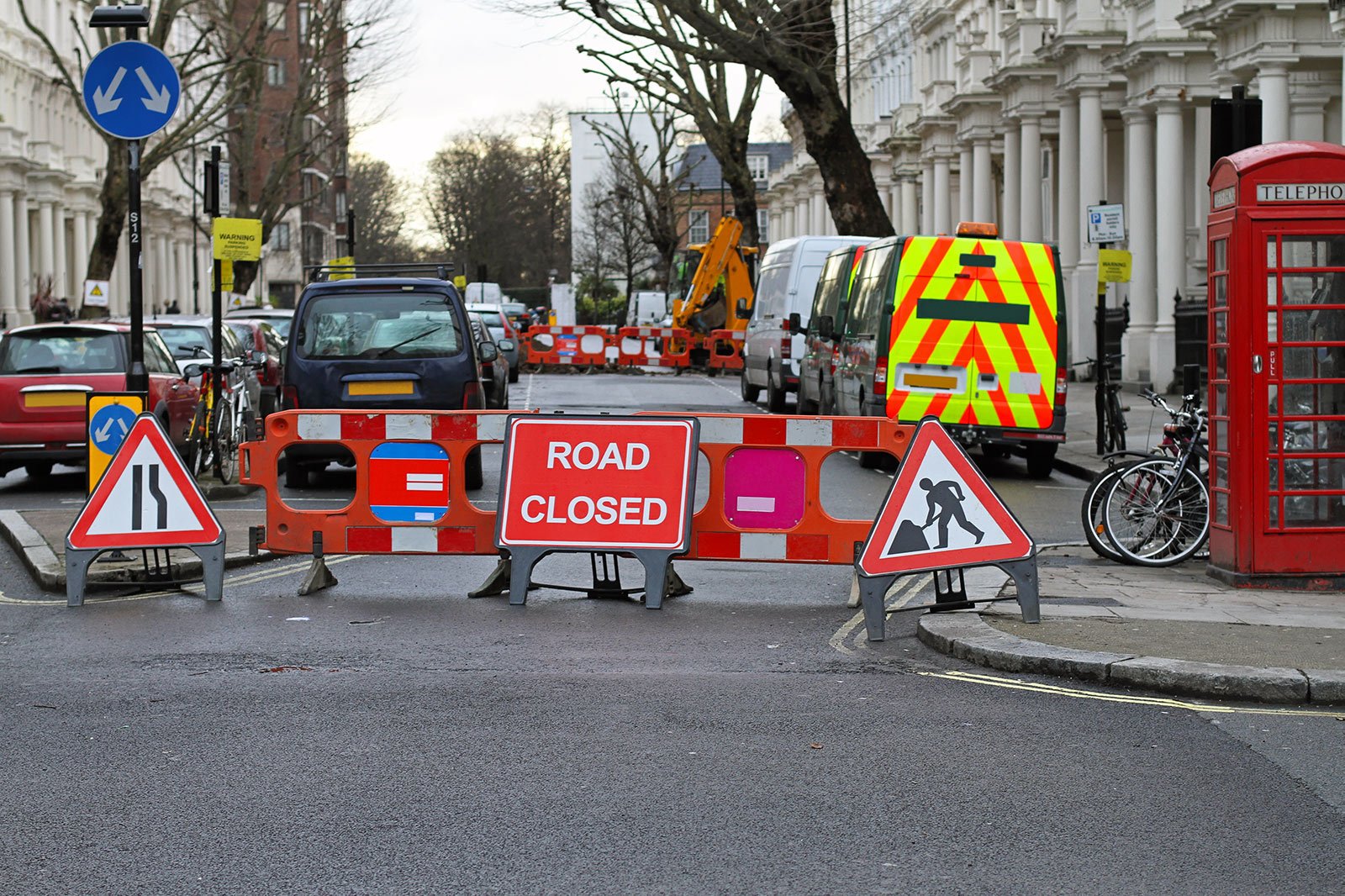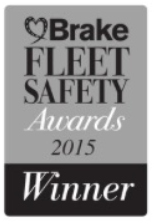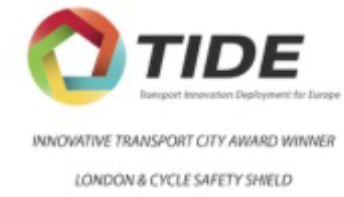A Guide to Effective Traffic Management in Construction Sites
Traffic Management on a construction site can be a challenging task, but it is essential to plan ahead in order to ensure the safety of both onsite workers and other personnel.
In addition, effective traffic management helps minimize disruption to local residents, businesses, or pedestrians who may be affected by construction activity.
By implementing a construction traffic management plan you can ensure traffic flow is managed safely and efficiently, leading to improved safety for all.
Traffic Management Plan
The first step of any traffic management plan is to identify potential hazards and assess their risks.
This includes identifying the types of vehicles:
Cars
Pedestrians
Heavy Goods Vehicles
Delivery vans
Cyclists
Or any other people who may be accessing the construction site and ensuring that appropriate measures are taken to protect them from any harm.
In order to develop an effective plan for traffic management on a construction site, start by identifying the area that will be used for traffic and considering the type of activity that will take place.
Then, identify the routes and pathways that pedestrians and vehicles may need to access in order to enter or exit the site.
Develop a plan outlining how each potential hazard can be mitigated, including which safety measures should be implemented and how they should be enforced.
Inadequate planning to manage traffic flow on construction sites may lead to fatal accidents, costly delays, and other problems.
It is therefore essential to create a traffic management plan in advance to ensure that all risks are appropriately managed.
Construction Site Traffic
It’s important to consider the different types of traffic that will be present onsite when putting together a traffic management plan.
Construction sites often feature heavy machinery such as:
• Forklifts
• Bulldozers
• Cranes
• Lorries
• Diggers
These vehicles require a certain amount of space to manoeuvre in safely and can generate dust, noise, and other disturbances.
It is recommended that signs, traffic cones, and barriers are used to create an appropriate boundary for these machines.
Pedestrian Access
There may also be workers, visitors or pedestrians who are accessing the site during construction.
It is best practice to ensure safe walkways and adequate signage for these individuals to access the necessary areas without coming into contact with any machinery or hazardous zones.
Construction projects have different requirements depending on the specific site, so make sure to contact a professional traffic management team to develop a suitable plan tailored to your needs.
Vehicles and Pedestrians
If the construction site has any points where vehicles cross over pedestrian pathways, it is essential to create a dedicated crossing point.
These crossing points should be clearly marked with safety signs and traffic cones in order to provide a clear visual indication of the safe crossing area for pedestrians.
Vehicle routes should be clearly marked to avoid any potential construction vehicle accidents with workers, pedestrians or moving machinery.
Visibility and PPE
All construction site workers and visitor must always wear High Visibility clothing and correct PPE.
This will ensure they can be clearly seen by other workers and drivers in vehicles, allowing them to move around the site safely.
It is important that these garments are kept clean and in good condition to provide maximum visibility at all times.
HGV Drivers Visibility
Many construction vehicle accidents can be reduced by improving the HGV Drivers Visibility.
By installing HGV Camera systems to Construction vehicles, drivers have the ability to see a 360 view from the cab therefore eliminating blind spots.
The system cleverly integrates AI human form recognition with strategically placed HD cameras. These camera systems are ideal for managing traffic as the software feeds back the footage to the operation managers allowing them to monitor vehicle movement and minimize the risk of any accidents.
Speed Limits
It is important that all drivers onsite adhere to speed limits for the safety of other personnel.
Speed limits should be clearly marked and signed to ensure all drivers are aware of the appropriate speed limit for that area at the site entrance.
It is also important to enforce any speed limits with regular checks or monitoring systems in order to maintain a safe environment on site.
Delivery drivers should also be made aware of any speed limits or driving restrictions they may need to abide by while on the site.
Loading and Unloading Zones
Before any vehicles enter the construction site, it is important to designate a specific loading and unloading zone.
This area should be clearly marked with appropriate signage and traffic cones to indicate where vehicles can unload safely without disrupting other activities onsite.
It is also important that workers in the area are aware of their responsibilities when loading and unloading materials onsite.
One way Systems
If the nature of the construction site requires vehicles to travel in one direction only, it is important that this information is clearly communicated.
Signs should be erected at entrances and exits as well as along the designated route to ensure all drivers understand which way they need to travel.
High traffic areas and busy places should also feature extra markings and signs to ensure the one way system is followed at all times.
Emergency Exits
Traffic Management arrangements must consider the presence of emergency exits.
These routes should remain clear at all times, with no obstructions or vehicles blocking them as this could potentially delay an evacuation in case of an emergency situation.
Emergency exits should always be clearly marked and accessible for drivers and pedestrians to use if necessary.
Worker Safety Training
It is essential to train all works and make sure that each person understands the traffic rules in place before starting construction on a construction site. You must ensure every worker and visitor on site is aware of the construction sites rules and safety regulations before they enter the construction area.
Review Traffic Routes
And finally, it is important to review your traffic management plans regularly in order to ensure they continue to remain effective and adapt them if necessary.
Tracking and recording any incidents that occur onsite could be used to identify areas where changes need to be made.
Keep these tips in mind when creating your construction site traffic plan and ensure that it suits the specific needs of your project. With adequate planning and implementation, you can ensure safety for everyone at the construction site.


















